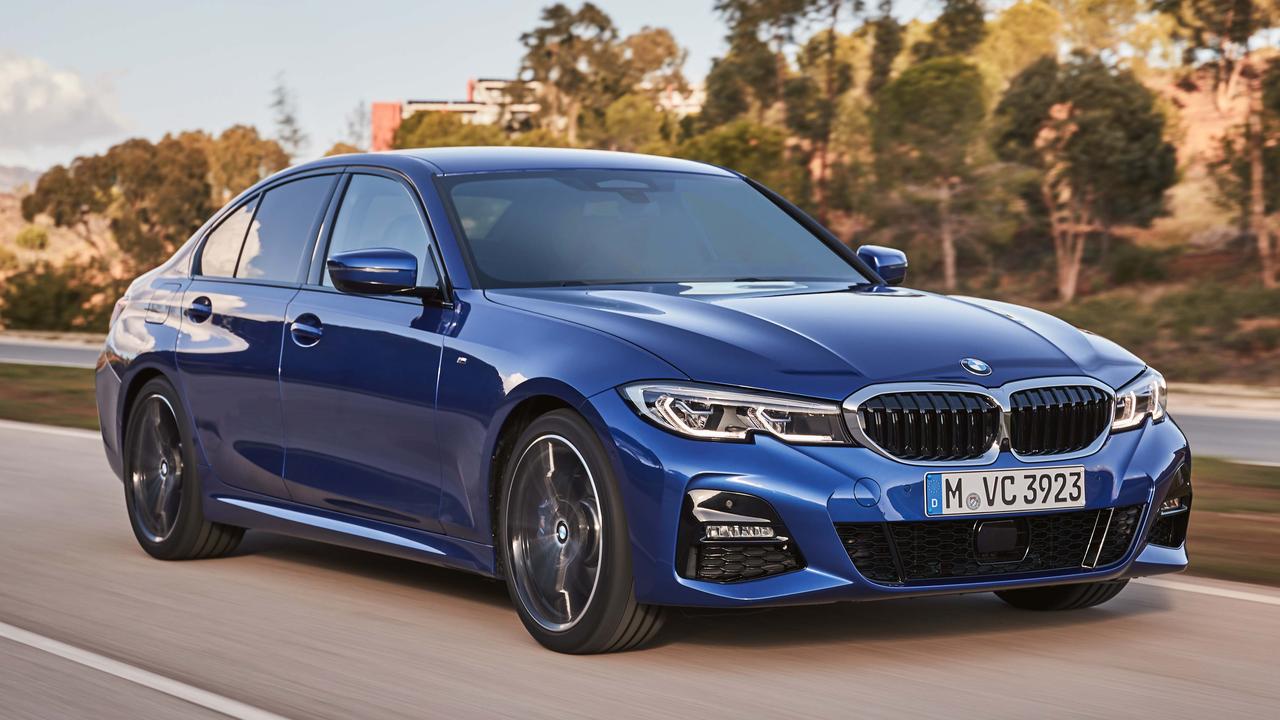Eating out: what’s in?
Starters and mains are out; everything is to be shared.
We all know what we're doing when we go out to eat and drink these days. But do we know why? Are dining trends consumer led or provider driven? Chicken or egg?
Let's start with the "what". We're eating more vegetables than ever, although often we're paying as much for them as the protein-based dishes they sit alongside (yes, we did have a $25 vegetable starter in Sydney the other day).
We're eating in spruced-up pubs more than ever, places that still have a healthy turnover in boozealone sales, which is where the money is in the hospitality caper.
Speaking of which, we're spending way more on wine. Yes, there are still enlightened restaurateurs who keep it real and customers happy and tipsy, helping to create fun joints in the process. But the majority, fearing sticker-shock with higher food prices, keep pushing the wine margins. It's contributed to the rise of services like Uber Eats and Fedora, bringing restaurant food to your door to avoid corkage or obscene markups.
We're eating in places with broad age-group appeal, often multigenerational.
The clever operators create places that appeal to families with young kids, and their parents; baby boomers with old kids and their partners. Niche is financial purgatory. And many of these places are multi-zoned: drinking bar, eating bar, dining room and terrace, for example. Eating may, in fact, be only a minor consideration; you will quite possibly meet a friend for a drink and then decide to snack.
You've probably booked online, dealing with a machine that doesn't understand the words "spontaneity" or "mood". Some of these machines will say things like "if you cancel this booking within a time frame we deem unreasonable we will charge mercilessly for the inconvenience".
Or words to that effect. And that's if you've been able to book at all.
At table, the chances of being presented with a tasting menu are high. The word "degustation" is taboo. But set menus, with set prices, have certain advantages for your host. If it is a la carte, you'll see a surprising number of cold starters that can be prepared in advance and don't require expensive chefs to plate. There will probably be a corresponding brevity to the main course list.
Of course, you're unlikely to see the words "starter" or "main" on a menu anyway. Everything is to be shared, which has crockery/service ramifications (guess who it helps).
All of the above represent the way our restaurants are adapting to their environment. Those most capable of doing the work-around - and selling it to the diner as an innovation - will survive. Let's face it:
we live in a country with high wage costs and relatively high property values. We live in a sophisticated society that loves to eat and drink ... out. And we live in an entrepreneurial society which means many - too many - have a go. We have more restaurants than we need.
What you're doing when you eat out is participating in a piece of pure, demand/supply economic behaviour. If you've bought into the scenario, it's working. Of course within this model, some restaurants are inevitably hotter than others.
Next week, we publish our annual Hot 50 edition of The Weekend Australian Magazine. We've done the "what" and the "why"; now we just need the "who".
lethleanj@theaustralian.com.au


